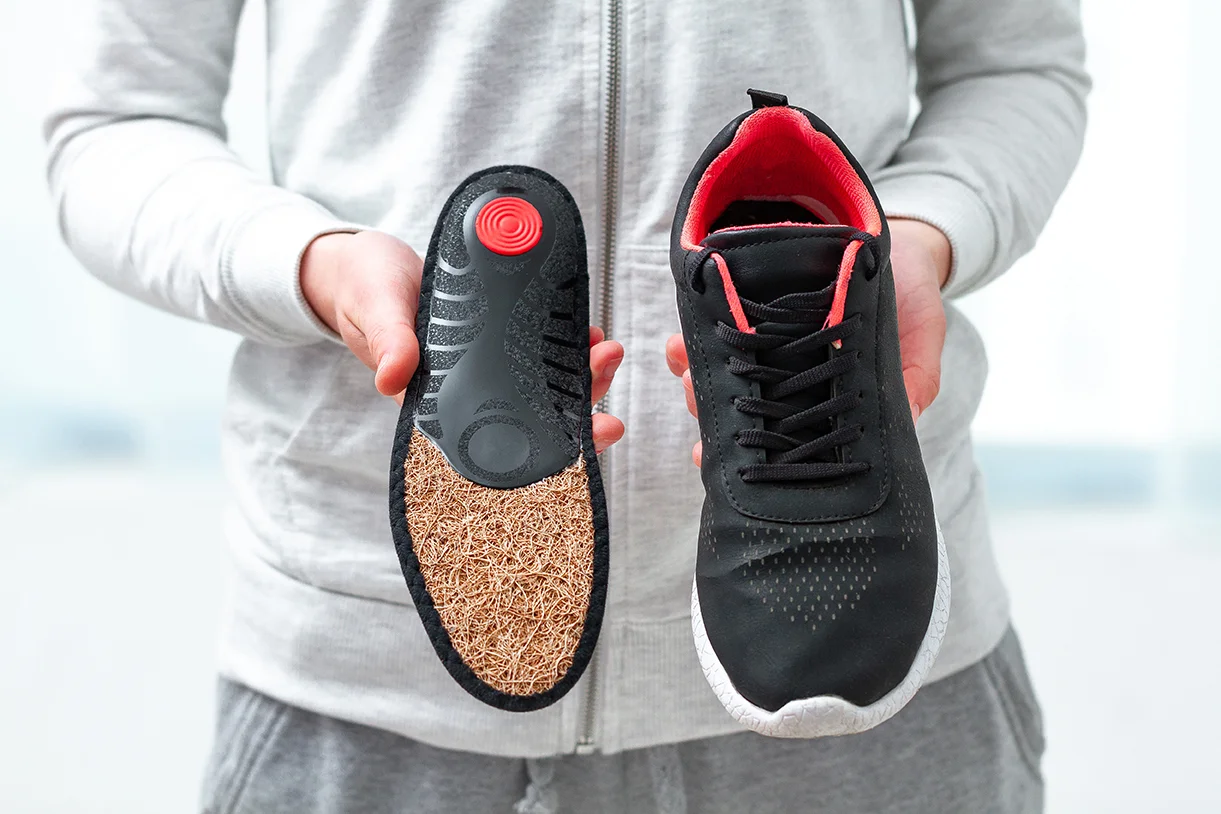Having diabetes makes you prone to many foot problems. Diabetic foot problems develop due to prolonged periods of high blood sugar levels. There are several factors that contribute to diabetic foot problems. Peripheral vascular disease and diabetic neuropathy are two main foot complications that occur in most cases which can develop serious issues, if left untreated.
Why you need diabetic footwear?
The reason why people with diabetes require specialized footwear is mainly because nerve damage caused by diabetes can make the toes numb. They might rub against one another and cause blistering. The extra space in a diabetic shoe protects your toes while walking and also helps promote blood circulation.
Diabetic shoes have a higher, wider toe box, which helps give your toes some extra room. Your toes rub against each other in regular shoes or against the front surface of the shoe.
Some people tend to over-pronate or under-pronate their feet while walking. This leads to hot spots and blisters. And for diabetics, any wound takes a long time to heal.
Diabetic shoes have special stabilizers at their sole to keep the feet at a certain level. Their soles are generally wide and thick as thicker soles cushion the feet from wear and tear and that extra width helps your feet from getting hurt.
Diabetic foot complications
Diabetic neuropathy and peripheral vascular disease are two serious conditions and these can have serious on-going effects. The complications may include:
- Foot ulcers
- Wounds that do not heal
- Infections
- Skin infections
- Bone infections
- Abscesses
- Gangrene (when some infection causes tissue death)
- Food deformity
- Charcot’s foot
Some complications such as infections are reversible while gangrene may lead to further permanent physical changes including amputation.
When to see a doctor
People with diabetes must see a doctor on the regular. However, seek medical help at the earliest in case you notice the following changes:
- Changes in the skin color of feet
- Ankle or foot swelling
- Temperature changes in the feet
- Frequent sores on the feet
- Tingling or pain in the ankle or feet
- In-growing toenails
- Athlete’s foot
- Fungal infections on the feet
- Dry or cracked skin on the heels
- Any signs of infections
Diabetic foot problems – Treatment & Care
A diabetic shoe helps, but the severity of the foot condition ranges from surgical or non-surgical options as suggested by your diabetes doctor. Here’s how you can take care of your feet at home –
- Check your feet each day
- Wash feet every day
- Wear supportive socks and shoes
- Promote blood flow to the feet
- Trim nails carefully
- Look for corns and bunions
- Protect feet from extreme temperatures
- Receive regular examinations on the feet
- Control blood sugar
- Avoid smoking or any other form of tobacco
Visit your nearest Apollo Sugar Clinics to help understand the type of shoe that is required and suitable for your condition. Our team of experts and diabetes doctors are at your service.
